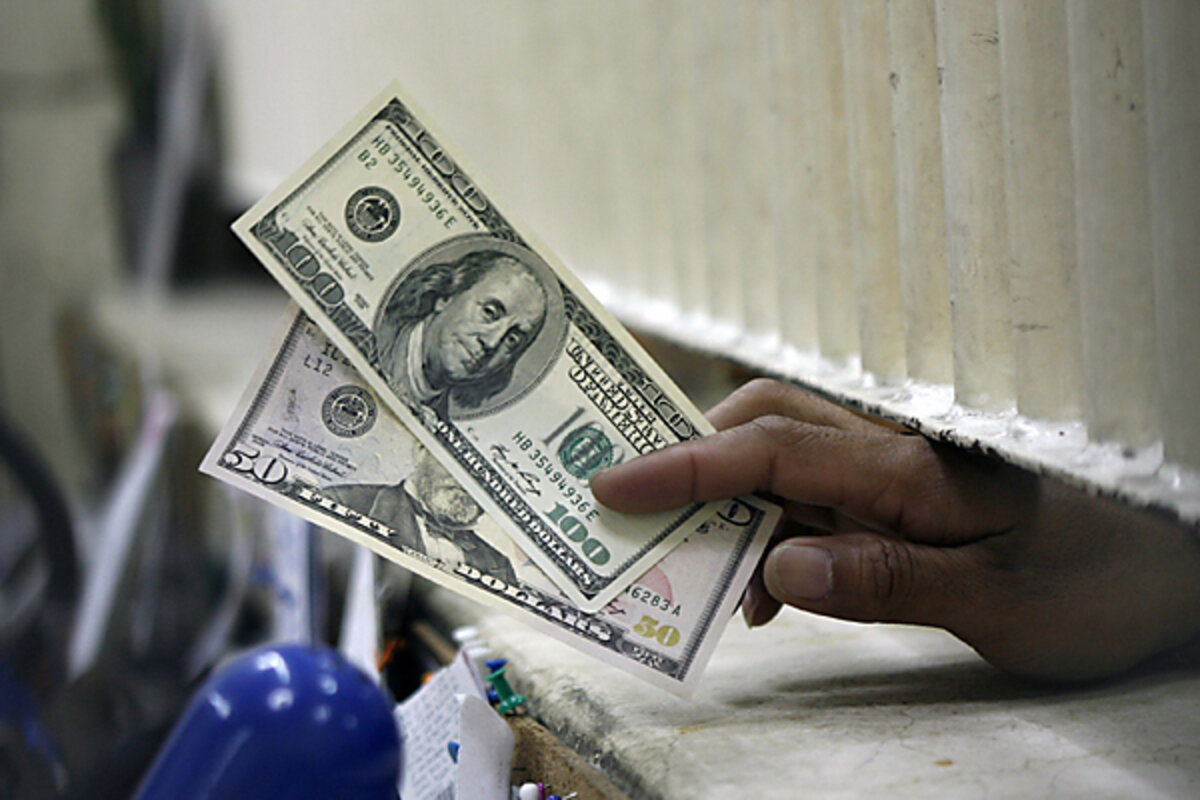Low borrowing rates can put people back to work
Loading...
Like many others, I have made the point that the low borrowing costs are something we should take advantage of right now. As Ezra Klein the other day, we’ve got an economic crisis, but it’s a crisis that creates an opportunity: the protracted downturn, along with the aggressive monetary policy in response, have pushed down interest rates so the US gov’t can cheaply borrow to do something—as in jobs programs–about that slow growth.
I still think that’s true. In fact, it’s one of the most important economic policy insights of the moment. But there’s an important caveat that some of my deep-in-the-weeds-budget-expert friends at CBPP have impressed upon me. The dynamics of how Treasury both borrows and pays off the public debt make this still-good deal not quite as good as it sounds.
First of all, the Treasury doesn’t try to time the bond market, strategically mixing up the maturities in its portfolio to get the best deal of the moment. As the figure shows, the average of outstanding debt has been around five years since the 1990s (the dips in 2008 and 2009 were anomalous—the Treasury sold more short-term debt than usual as part of the Fed’s temporary liquidity ).
So while the yield on 30-year Treasuries is slightly above 3% now compared to 5% a couple of years ago, such bonds make up about the same share of the Treasury’s portfolio now as they did then (around 5%). Yes, the real interest rate on five-year Treasuries was a remarkable -0.8% the other day, meaning once you adjust for inflation, investors will pay you to hold their money for them. But that doesn’t lead Treasury to flood that market.
Perhaps they should, but one of their goals is to protect the budget from swings in interest rates, so they keep a pretty steady composition of maturities and have, as the figure shows, lengthened the average maturity over time. To do so is one way borrowers lower their exposure to interest rate swings, and it means you sometimes pass up bargains today to shield yourself from nasty spikes tomorrow.
Second, as former CBO director Bill Shakes often warned in testimony: “Tomorrow and tomorrow and tomorrow creeps in this petty pace from day to day to the last syllable of recorded time.” (hat tip, RK)
Which is to say, what we borrow today, we refinance tomorrow, and by tomorrow, I mean many tomorrows from now. We don’t know what rates we’ll have to pay on the future stock of debt that we’re adding to today, but we’re pretty sure they’ll be higher.
An example might help clarify this concept. Suppose we borrow $100 billion for a jobs program—say !—in 2012. According to CBO, we could borrow that money in 2012 at an average rate of less than 2% (meaning interest costs of less than $2 billion). But by 2021, if that debt isn’t fully paid off, CBO would expect it to carry an interest rate near 5% (and remember, in DC, the answer to “how much does this cost?” is “whatever CBO says it costs”).
Don’t get me wrong. Even while I was at the White House, I stressed the point that even large amounts of deficit spending, like the $800 billion stimulus, have almost no impact on the longer term deficit. Our out-year deficits are being driven by “permanent” policies like the Bush tax cuts while our long-term debt is largely a function of rising health costs. But it’s still the case that borrowing today does increase the size of the debt and we will pay interest on that debt for years to come, probably at rates higher than today’s.
We should definitely take advantage of today’s low rates. In fact, I’d argue that helping people get back to work should be our top policy priority even if rates weren’t as low as they are. And in fact, if we actually paid off the new debt we incurred within say five years—we wouldn’t want to do so any sooner for fear of offsetting the stimulus—we could avoid the higher debt service costs CBO expects we’ll face down the road.
But if we fail to do so, we should be straight about the debt service we incur.




